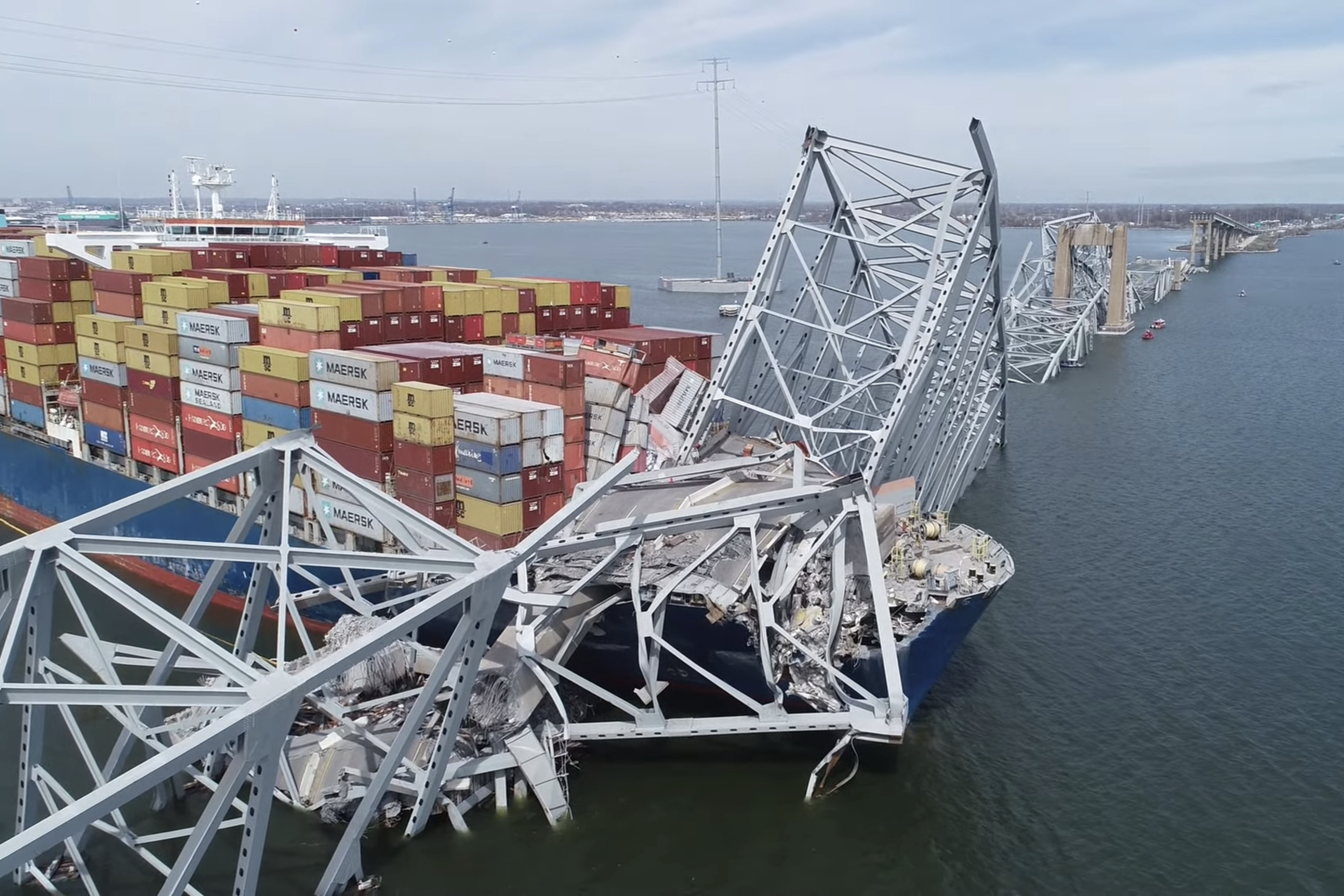Professor Joe Schneider weighs in on the possibility of a meteor shower.
By: Eve Cohen, Staff Writer
On Nov. 11, 2019, 25 miles west of O’Fallon, Missouri, at about 9 p.m., a thundering boom shattered the stillness of a frigid night. Several residents reported hearing the sound. According to reports, a rock, possibly space debris weighing approximately 220 pounds and traveling at an estimated 33,500 miles per hour traversed through the atmosphere, burning up as it reached the surface of the earth.
According to Dr. Joe Schneider, meteorologist and professor of physical sciences at Meramec, “that’s faster than the speed of sound, breaking the sound barrier. [That’s what] caused the sonic boom at that point. It broke into pieces about 12 miles above the ground,” he said. “I don’t know if we can associate it with a meteor shower.”
What exactly is a meteor shower? According to Dr. Schneider, “The earth moves through remnants of comets… when comets have come into the solar system, their tail is formed and when their tail is formed, it’s due to the sun, radiation pressure. It pushes the particles off of the nucleus of the comet and that forms the tail. Those particles never go back onto the comet. Those particles from the tail spread out and criss-cross the Earth’s path. That’s how we know we have meteor showers because we know there’s actually debris that’s in front of the Earth and the Earth’s going to go through it. Usually particles that come off that comet’s tail usually are very small particles, so usually because they’re so small, once they get into our upper atmosphere there [will] be a streak of light and then they’ll be gone.”
According to Schneider, “[There’s] not much of a chance [they’ll] reach the earth’s surface as a solid piece usually. This was very different from that. It might be a piece of space debris. As it nears the surface, as it hits more air molecules closer to the surface, that debris vaporizes. If it’s big enough.. moving at such a great speed it might not have a chance to vaporize, it could fall all the way to the earth’s surface,” he said.
Schneider said that until he learns more, there are several possibilities of where it could come from. “There’s a group of meteorite hunters, from Washington University, and other colleges, scientists going to the approximate place some things could have landed,” he said.
At the time, there was 2-3 inches of snow covering the ground. “That could help or could hinder [the search],” said Schneider.
The next major meteor shower will occur on Friday, Dec. 13, and peak at approximately 8:00 p.m.











